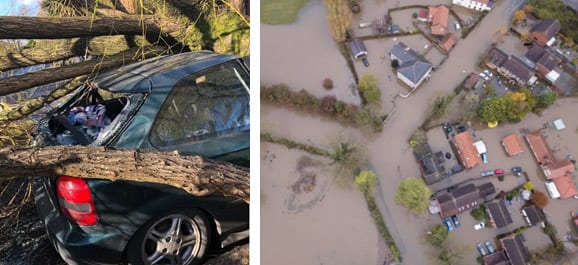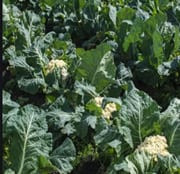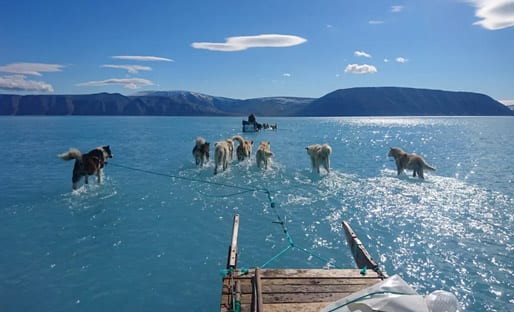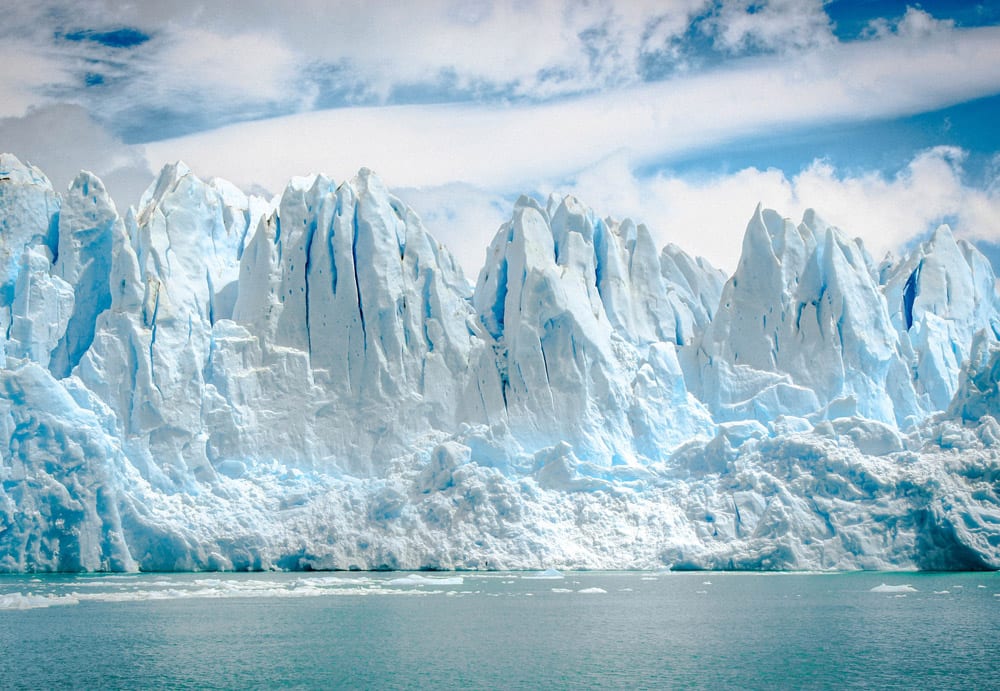Scientists have known for over 100 years that burning fossil fuels releases carbon dioxide (CO2) into the atmosphere and that this causes a “greenhouse effect”. Scientists have been issuing warnings about climate change for decades.
- In 1979, scientists from 50 nations met at the First World Climate Conference (in Geneva) and agreed that alarming trends for climate change made it urgently necessary to act.
- Since then, similar alarms have been raised through the 1992 Rio Summit, the 1997 Kyoto Protocol, and the 2015 Paris Agreement. Yet greenhouse gas (GHG) emissions are still rising, with increasingly damaging effects on the Earth’s climate.
The magnitude and urgency of the climate and environmental crisis was stressed yet again in November 2019 when 11,000 scientists warned:
The world’s people face “untold suffering due to the climate crisis” unless there are major transformations to global society.
The scientists stated:
“We declare clearly and unequivocally that planet Earth is facing a climate emergency,”
“To secure a sustainable future, we must change how we live. [This] entails major transformations in the ways our global society functions and interacts with natural ecosystems.”
“The climate crisis has arrived and is accelerating faster than most scientists expected. It is more severe than anticipated, threatening natural ecosystems and the fate of humanity.”
See the What we can do section of this website for the actions that we can take, as individuals, as communities and organisations, and as wider society.
The greenhouse effect
The greenhouse effect means that as the concentrations of GHGs in the atmosphere increase, heat from the sun that used to escape back out to space, now gets trapped and reflected back to earth.
This heats up the atmosphere, the land and the oceans. Hot air can hold much more water than cold air which means that storms get much stronger, more damaging and harder to predict.
It is linked with volatility in the jet stream which causes once stable weather patterns to shift to north and south resulting in phenomena like the “Beast from the East” in February/March 2018 and a heatwave in February 2019 (see photos).

It is hard to predict just how fast the climate will change and how far and in what way the climate system will break down. Around the world, we already have intensified wildfires (e.g. California), routine flooding and rising sea levels.
Global heating is progressing faster than predicted by scientists even five years ago.
How global heating is affecting other countries
The impact is not linear in time or uniform around the globe, so while the UK is still relatively unscathed (see next section), in other parts of the world people are already suffering untold misery in lands that are on the way to becoming uninhabitable.
The ten countries most affected by the climate crisis are: Bangladesh, Guinea Bissau, Sierra Leone, Haiti, South Sudan, Nigeria, DR Congo, Cambodia, the Philippines and Ethiopia. For more detail, click on the link above or download this PDF.
How global heating is affecting the UK
Here in the UK we are more fortunate than many other parts of the world. We are situated in a temperate zone – not too hot and not too cold, and we have been kept warmer than other countries at this latitude by our proximity to the Gulf Stream which brings warm water up the west coast from the equator to the arctic.
This is already starting to change. We are experiencing far more frequent extreme weather events, especially violent storms, floods resulting from prolonged periods of heavy rain, heatwaves and droughts.
For example, in 2019 in the UK we saw the following extreme events:
February Storm Erik – 90mph winds, 3 people killed
February Heatwave – record temperature of 21C
March Storm Freya – 80mph winds
March Storm Gareth – 75mph winds

June/July Prolonged heavy rainfall and floods
July Record breaking temperature of 38.7C in Cambridge
August Crop failures in the Midlands due to prolonged rain
November Prolonged heavy rain and floods
Crop failures

In 2019, there were partial crop failures of brassicas (especially cauliflowers) in the West Country and wheat in the Midlands due to a combination of not enough and then too much rainfall at the wrong times of the year.
Tipping points and domino effects
Destruction of forests and melting of ice
2019 will be remembered as the year the world burned with wildfires and deliberate fires, from the Amazon to the Arctic to Australia and many countries in between.
The destruction of forests is a major contributing factor to global heating. The burning of forests has 3 costs:
- The loss of trees means our “carbon sinks” are reduced so less excess CO2 is being removed from the atmosphere.
- The burning adds more CO2 and other pollutants into the atmosphere increasing the concentration of GHGs and therefore increasing global warming.
- Habitats for many creatures are destroyed
The melting of the ice in the Arctic regions and elsewhere is now occurring at a speed originally predicted for the latter part of this century. It has several costs:
- Ice is white and reflects 85% of sunlight back out into space. When the ice has melted the sea beneath is exposed. This is dark and absorbs 93% of the heat from the sun. So the less sunlight is reflected the more heat is absorbed. This is the “Albedo effect”.
- The melting of the ice sheets on land causes sea levels to rise and adds large amounts of fresh water into the sea.
- As the ice melts its weight is removed from the once-frozen ground. The land beneath will then thaw releasing even more CO2 and methane.
- Ocean currents can become unstable. The overall effects on temperatures around the world are hard to predict.
- The melting of the sea ice causes significant changes to temperature and pressure gradients in the north. This is already affecting the jet stream as noted earlier, causing volatile extremes of hot and cold weather.
Global heating may therefore make this country colder due to melting of the arctic ice. This may cause the Arctic Ocean to warm up, reducing the temperature difference between the arctic and the equator which will weaken the Gulf Stream until ultimately it may stop altogether. However this is uncertain: the cooling effect of the weakening of the Gulf Stream may be outweighed by global warming.
The impact of rising sea levels on the UK

We hear a lot about the fate of polar bears. Some people reply “why should I care, I’m not a polar bear?”
The map below shows why we need to care. It shows what will be left of the UK when all the ice has melted.

Responding to the climate emergency
The world scientists’ warning of a climate emergency (Ripple et al, November 2019) stated, “The climate crisis is closely linked to the excessive consumption of the wealthy lifestyle.”
The scientists say that urgent changes are needed including:
- ending population growth
- leaving fossil fuels in the ground and removing subsidies to the fossil fuel industry
- drastic moves to cut air passenger numbers
- switching from a growth-based to a sustainability-based economic model
- halting forest destruction and
- slashing meat eating.
“The good news is that such transformative change, with social and economic justice for all, promises far greater human well-being than does business as usual,” the scientists said.
Net-zero carbon targets
At the Paris United Nations Climate Change Conference in 2015 world leaders agreed to limit global warming to 2°C and work toward 1.5°C if possible, as there is evidence from the UN’s Panel on Climate Change that the impacts beyond 1.5°C could be catastrophic. Many countries have not managed to achieve even the inadequate targets they pledged. This means that it is extremely unlikely that global warming will be limited to only 1.5°C. It is currently a little over 1°C.
The United Kingdom government has a target of “net-zero carbon” dioxide emissions by 2050, through a combination of reducing greenhouse gas emissions and carbon sequestration, including through the restoration of nature. 2050 is almost certainly too late to keep global warming within 2°C. The next decade to 2030 must-see a massive reduction in atmospheric CO2.
Carbon sequestration is the process involved in carbon capture, removal and long-term storage, for example through planting millions of trees.
To achieve even 2°C requires governments to treat the situation like the emergency it is. This could be done provided that we focus on drastically reducing our emissions, at the same time as drastically increasing our carbon sequestration.
We already have the technology to do both – what we need is the political and personal will.
See the What we can do section of this website for what YOU can do.
 Alton Climate Action Network
Alton Climate Action Network